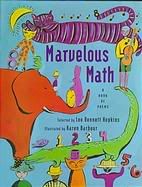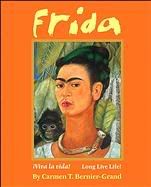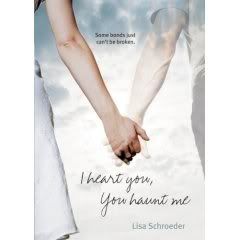Hopkins, Lee Bennett, and Karen Barbour. 2001. Marvelous math: a book of poems. New York: Aladdin Paperbacks.

Numbers come to life in this wonderful collection of math poems. Mathematics takes on fresh, new meaning for readers through questions and concepts explored in the 16 poems that comprise this anthology. The poems, a collection of rhyme and free verse, are consistent in quality and reinforce this book’s purpose in showing math can be fun and exciting. A variety of thoughts and emotions are displayed from inquisitive, “Marvelous Math” to comforting, “Math makes me feel safe” from sad, “Hourglass” to silly, “SOS” by Beverly McLoughland:
Sammy’s head is pounding—
Sammy’s in pain—
A long division’s got
Stuck in his brain—
The featured poets are all contemporary and many of them are well known. Aside from anthologist Hopkins, there are poems by Rebecca Kai Dotlich, Betsy Franco, and Janet S. Wong (to name a few). Also incorporated are works by late poets Mary O’Neill and David McCord. Several poems first appeared in other poetry books. For example, Karla Kuskin’s “Counting Birds” is an excerpt from Near the Window Tree:
Instead of counting herds of sheep
Sometimes when I am going to sleep
I think of names of birds I love—
Merlin, mud hen, morning dove…
The accompanying watercolor and acrylic paintings by Karen Barbour are extremely inviting; they are abstract and vivid. Their surrealism is the perfect poetry companion. At times the art seems to dominate the page, but without the poetry it would have no meaning. Marvelous Math is a fantastic treat for a math class poetry break or for no reason at all. Young readers will enjoy this compilation.




